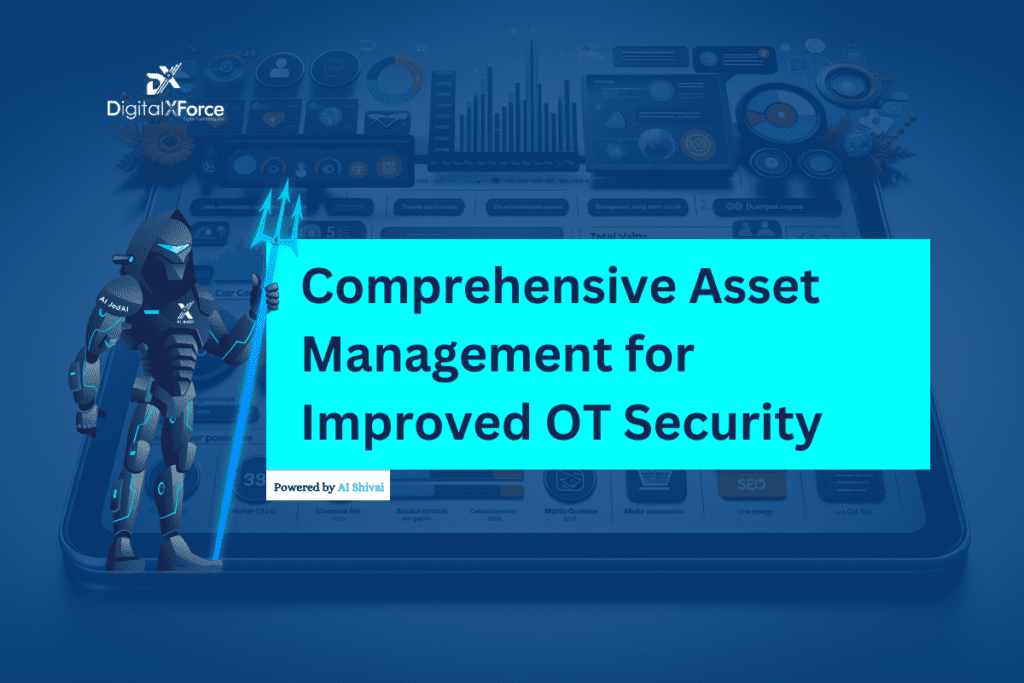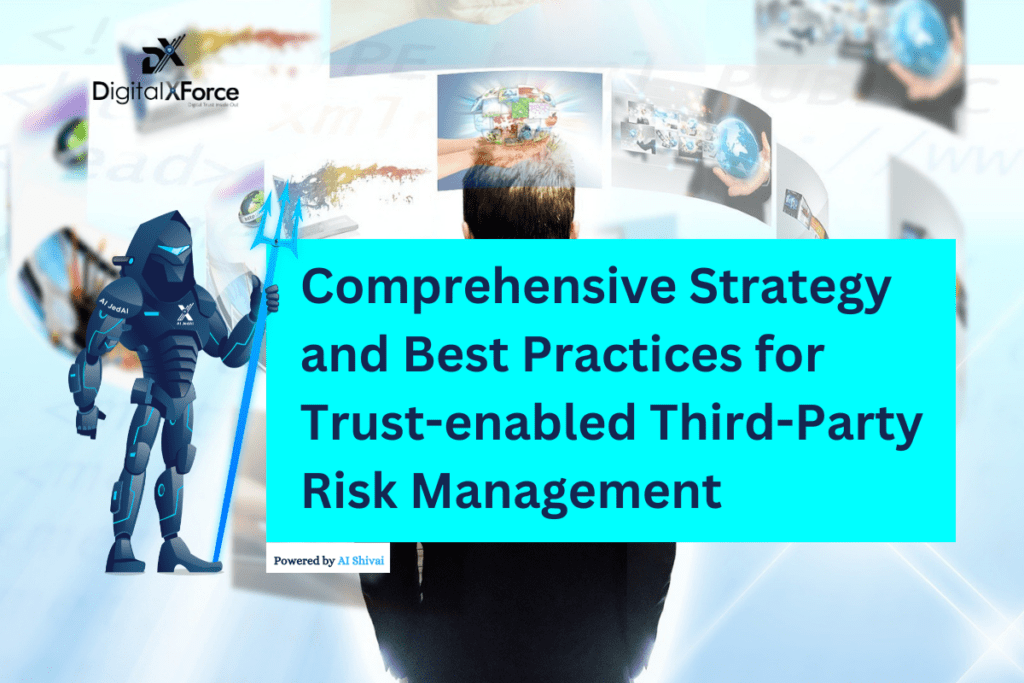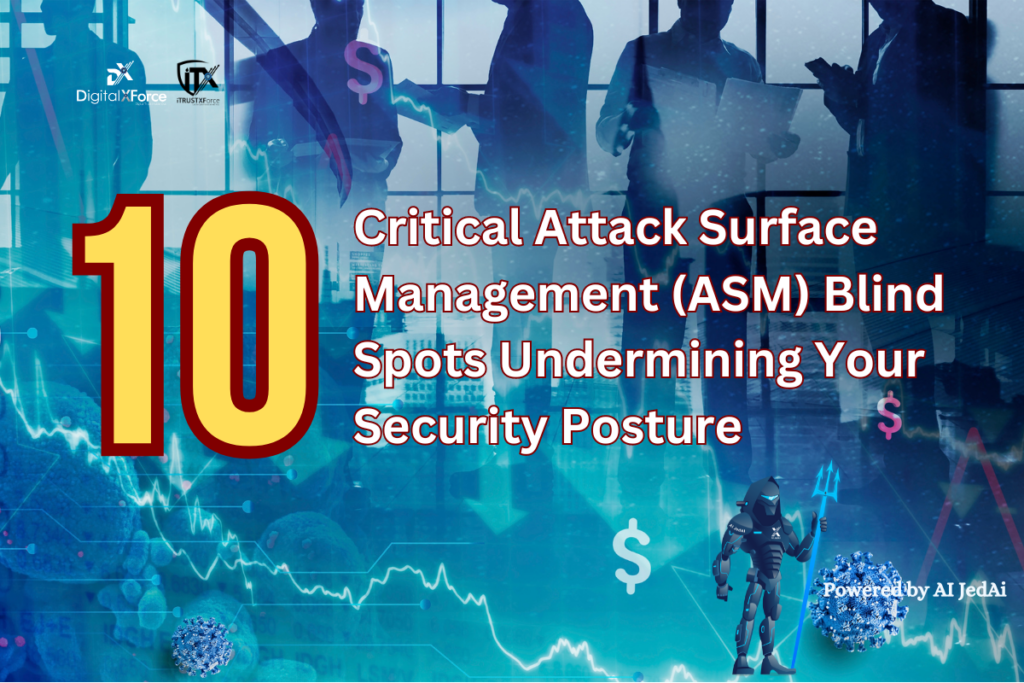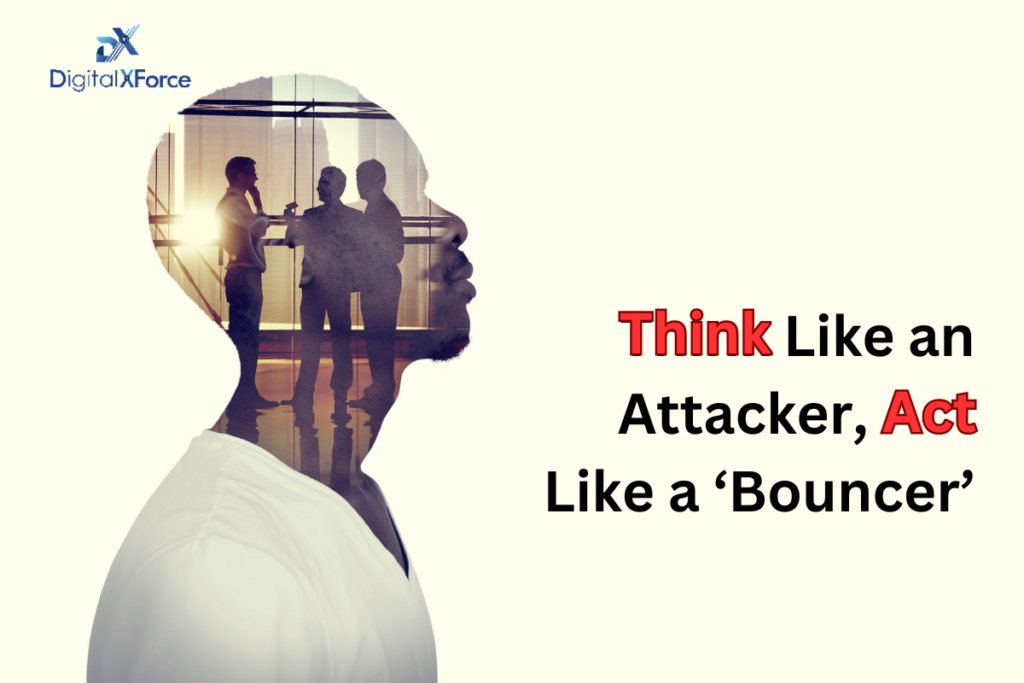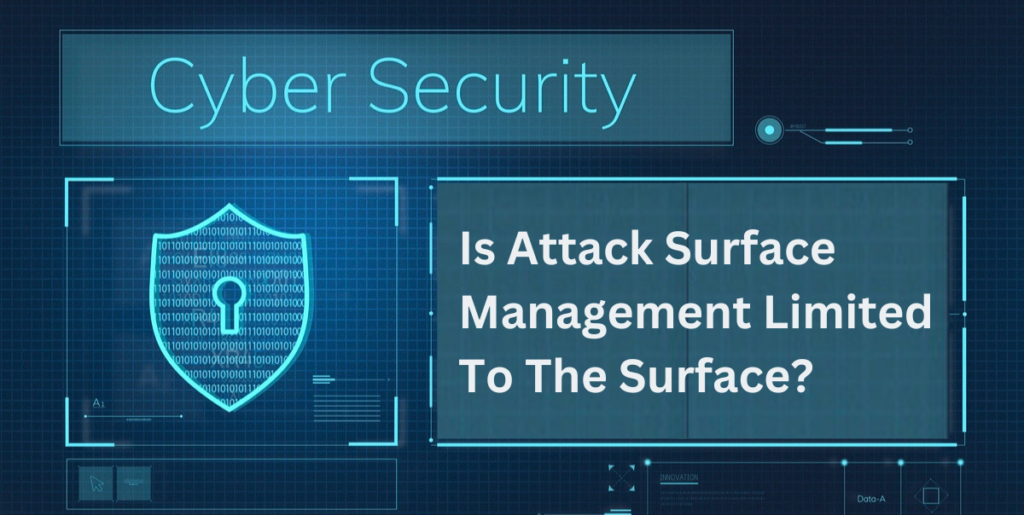Ensuring Security Trust with Secure Software Development Life Cycle
The Secure Software Development Life Cycle (SSDLC) is a comprehensive framework designed to integrate security practices into each phase of software development. By embedding security considerations from the outset, organizations can create software resilient to attacks and capable of safeguarding sensitive information. This article provides an overview of the SSDLC, highlights its importance, and outlines […]
Ensuring Security Trust with Secure Software Development Life Cycle Read More »
 "Digital trust" cybersecurity solutions enabling automated, real-time risk mitigation are crucial for protecting organizations in today's threat landscape.
"Digital trust" cybersecurity solutions enabling automated, real-time risk mitigation are crucial for protecting organizations in today's threat landscape.

